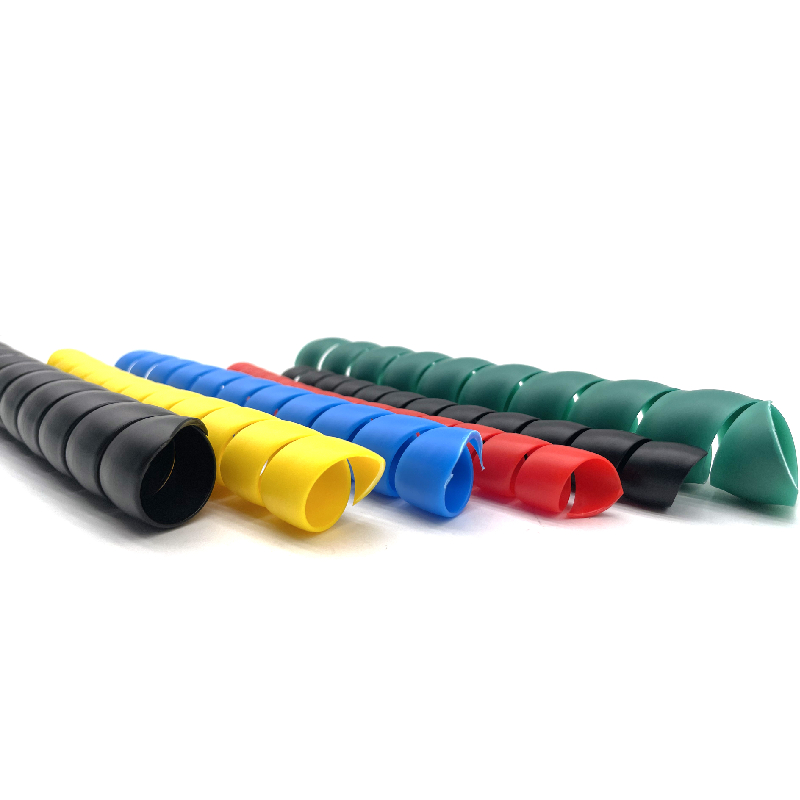Types of Air Pipe Connectors and Their Applications in Pneumatic Systems
Understanding Air Pipe Connector Types
Air pipe connectors play a crucial role in various pneumatic systems, allowing for the efficient transfer of compressed air from one component to another. The selection of appropriate connectors is essential for maintaining system integrity and ensuring optimal performance. In this article, we will explore different types of air pipe connectors, their purposes, and their applications.
1. Quick Connectors
Quick connectors, also known as push-to-connect fittings, are widely used in pneumatic systems due to their ease of use. These connectors allow for rapid assembly and disassembly of pipes without the need for special tools. They work by using a simple push mechanism that secures the pipe in place while preventing air leaks. Quick connectors are ideal for applications where frequent changes or adjustments are necessary, such as in manufacturing processes or tool changeovers.
2. Threaded Connectors
Threaded connectors, including NPT (National Pipe Tapered) and BSP (British Standard Pipe) types, are designed for permanent or semi-permanent connections. They provide a robust and leak-proof seal that can withstand high pressure and harsh environments. These connectors are commonly used in industrial applications where a secure connection is critical, such as in compressors and pneumatic machinery.
air pipe connector types

Barbed connectors are another common type used in air pipe systems. They feature a ribbed design that grips the inside of the hose, ensuring a tight seal. Barbed connectors are typically used for low-pressure applications and are favored for their simplicity and cost-effectiveness. They are often found in applications like automotive air systems and spray equipment.
4. Flange Connectors
Flange connectors are used in larger systems where robust joining is necessary. They consist of a raised rim or flange that is bolted to another flat surface, providing a strong and stable connection. Flange connectors can handle higher pressures and are often used in pneumatic and hydraulic applications, as well as in construction and heavy machinery.
5. Elbow and Tee Connectors
For systems requiring directional changes, elbow and tee connectors are essential. They allow for the branching or redirection of air flow while maintaining a secure seal. Elbow connectors are designed to change the direction of air flow by 90 degrees, while tee connectors create a junction allowing air to flow in three different directions. Both types are widely used in complex pneumatic circuits.
Conclusion
Choosing the right air pipe connector is vital for ensuring the efficiency and reliability of pneumatic systems. Understanding the different types available, such as quick connectors, threaded connectors, barbed connectors, flange connectors, and directional connectors, will help users make informed decisions based on their specific applications. Proper selection and installation can lead to improved performance and reduced maintenance costs in the long run.
-
Ultimate Spiral Protection for Hoses & CablesNewsJun.26,2025
-
The Ultimate Quick-Connect Solutions for Every NeedNewsJun.26,2025
-
SAE J1401 Brake Hose: Reliable Choice for Safe BrakingNewsJun.26,2025
-
Reliable J2064 A/C Hoses for Real-World Cooling NeedsNewsJun.26,2025
-
Heavy-Duty Sewer Jetting Hoses Built to LastNewsJun.26,2025
-
Fix Power Steering Tube Leaks Fast – Durable & Affordable SolutionNewsJun.26,2025

